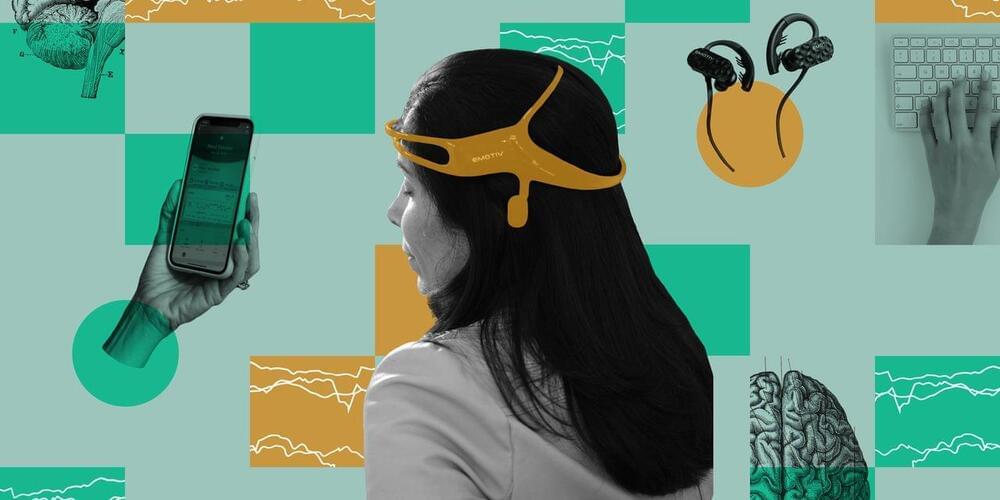How does this work for the parent when they have a birth certificate but no baby to show for it, and no record of “disposing” of it?
FORT LAUDERDALE, Fla. (AP) — Safe Haven Baby Boxes and A Safe Haven for Newborns are two charities with similar names and the same goal: providing distressed mothers with a safe place to surrender their unwanted newborns instead of dumping them in trash cans or along roadsides.
But a fight between the two is brewing in the Florida Senate. An existing state law, supported and promoted by the Miami-based A Safe Haven, allows parents to surrender newborns to firefighters and hospital workers without giving their names. A new bill, supported by the Indiana-based Safe Haven Baby Boxes, would give fire stations and hospitals the option to install the group’s ventilated and climate-controlled boxes, where parents could drop off their babies without interacting with fire or hospital employees.
The bill recently passed the Florida House unanimously, but there is a long-shot effort to block it in the Senate, where it might be considered this week. Opponents call the boxes costly, unnecessary and potentially dangerous for the babies, mothers, firefighters and hospital workers. Each side accuses the other of being financially driven.






